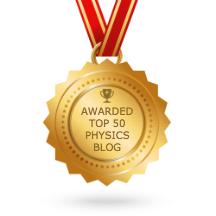 |
| David Cohen: The Father of MEG, by Gary Boas. |
To address this problem [of noise in his copper-coil based magnetic field detector drowning out the signal], he [David Cohen] turned to James Zimmerman, who had invented a superconducting quantum interference device (SQUID) several years before… The introduction came by way of Ed Edelsack, a U.S. Navy funding officer… In a 2024 retrospective about his biomagnetism work in Boston, David described what happened next.
“Ed put me in touch with Jim, and it was arranged that Jim would bring one of his first SQUIDs to my lab at MIT, to look for biomagnetic signals in the shielded room. Jim arrived near the end of December, complete with SQUID, electronics, and nitrogen-shielded glass dewar. It took a few days to set up his system in the shielded room, and for Jim to tune the SQUID. Finally, we were ready to look at the easiest biomagnetic signal: the signal from the human heart, because it was large and regular. Jim stripped down to his shorts, and it was his heart that we first looked at.”
The results were nothing short of astounding; in terms of the signal measured, they were light years beyond anything David had seen with the copper-coil based detector. By combining the highly sensitive SQUID with the shielded room, which successfully eliminated outside magnetic disturbances, the two researchers were able to produce, for the first time, clear, unambiguous signals showing the magnetic fields produced by various organs of the human body. The implications of this were far reaching, with potential for a wide range of both basic science and clinical applications. David didn’t quite realize this at the time, but he and Zimmerman had just launched a new field of study, biomagnetism…
Having demonstrated the efficacy of the new approach… David switched off the lights in the lab and he and Zimmerman went out to celebrate. It was December 31, 1969. The thrill of possibility hung in the air as they joined other revelers to ring in a new decade—indeed, a new era.
 |
| “Biomagnetism: The First Sixty Years.” |
Today Cohen is 97 years old and still active in the field of biomagnetism. The best thing about Boas’s biography is you can read it for free at https://meg.martinos.org/david-cohen-the-father-of-meg. Enjoy!
The Birth of the MEG: A Brief History
https://www.youtube.com/watch?v=HxQ8D4cPIHI
https://www.youtube.com/watch?v=HxQ8D4cPIHI



No comments:
Post a Comment